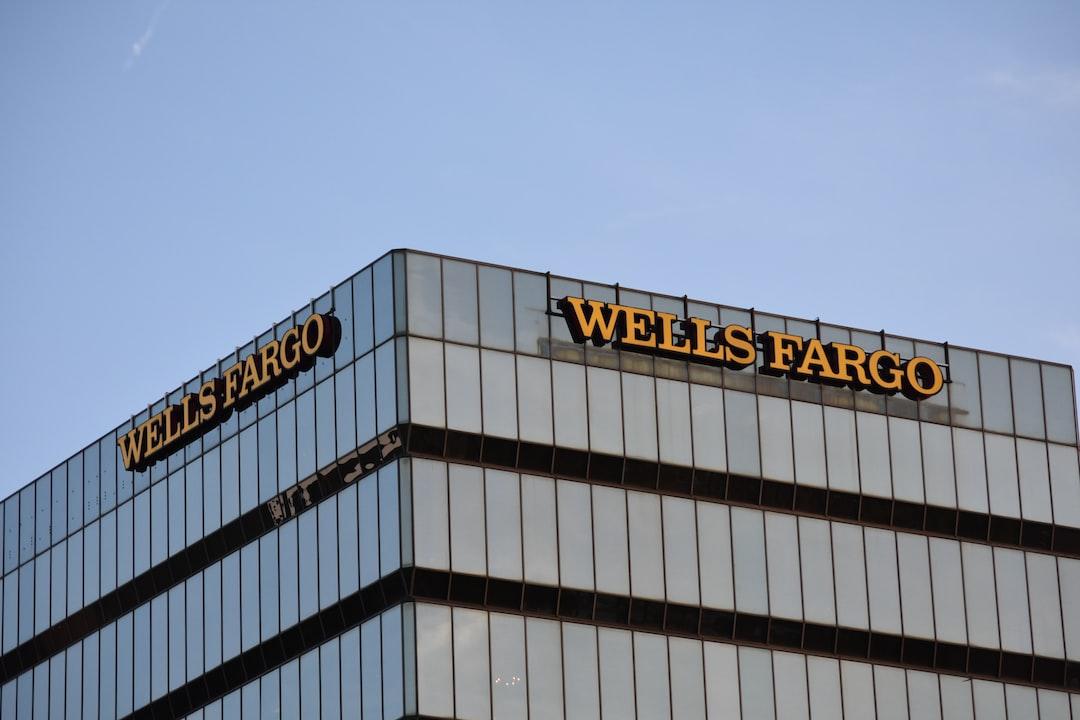Can Cardano, once seen as the future of blockchain technology, bounce back from its sharp decline, or has ADA’s journey from hope to disillusionment signaled the end of its grand aspirations?
**Table of Contents**
1. Origins of the Tale
2. The Present State of Cardano’s Ecosystem
3. Reasons Behind Cardano’s Lag
4. Public Opinion
5. Insights from Data and Experts
6. The Path Forward
**Origins of the Tale**
Cardano (ADA) was born out of ambitious visions. Founded by Charles Hoskinson, a co-founder of Ethereum (ETH), it set out to address the scalability, sustainability, and interoperability issues that plagued earlier blockchains like Bitcoin (BTC) and Ethereum. Utilizing a proof-of-stake (PoS) system known as Ouroboros, Cardano promised a more environmentally friendly and secure blockchain.
The journey of Cardano saw significant milestones. The Alonzo upgrade in September 2021 introduced smart contracts to the network, while the Vasil hard fork in 2022 aimed to enhance scalability. These advancements positioned Cardano as a potential heavyweight in the decentralized finance (DeFi) realm, with applications like non-fungible tokens (NFTs) and decentralized exchanges (DEXs) in its arsenal.
Despite these strides, Cardano has struggled to maintain its momentum. ADA hit a peak price of $3.10 in September 2021 but has since plummeted to around $0.46 as of May 29, marking an 85% decline.
This downturn has triggered speculations, including from prominent crypto influencer Ben Armstrong, known as BitBoy Crypto. In an April 6 video, Armstrong pointed out Cardano’s lagging performance compared to other networks, attributing it to better price dynamics and liquidity on rival chains.
Cardano founder Charles Hoskinson expressed disappointment at Armstrong’s remarks but maintained good wishes for him while acknowledging the challenges faced by Cardano. The question remains: What led to this decline, and is Cardano truly facing its demise? Let’s delve deeper to uncover the answers.
**The Present State of Cardano’s Ecosystem**
To understand Cardano’s current position, let’s compare it with key competitors like Ethereum, Binance Smart Chain (BNB), and Solana (SOL) over the last 30 days up to May 29.
**Dapp Development and Adoption**
Cardano’s dApp ecosystem is expanding, with 54 active dApps and 132 smart contracts. However, these numbers pale in comparison to Ethereum’s 4,589 dApps and over 177,000 smart contracts, as well as Binance Smart Chain’s 5,329 dApps and over 79,000 smart contracts. Solana also outpaces Cardano with 269 dApps and 1,820 smart contracts. The limited dApps and smart contracts on Cardano hinder its appeal to developers and users.
**TVL and Market Cap to TVL Ratio Analysis**
Cardano’s total value locked (TVL) stands at $255.57 million as of May 29, significantly lower than Ethereum, Binance Smart Chain, and Solana. The decline in Cardano’s TVL in the last two months, coupled with a high market cap to TVL ratio, indicates a disparity between market valuation and actual DeFi activity on the network.
**User Engagement and NFT Activity**
Cardano’s user activity and NFT volume are notably lower compared to Ethereum, Solana, and Binance Smart Chain. The limited user engagement and NFT marketplace activity on Cardano suggest a lack of interest among users and developers.
**Transaction and Volume Comparison**
Cardano’s transaction volume and dApp volume are considerably smaller than Ethereum, Binance Smart Chain, and Solana, indicating fewer financial activities and interactions within its ecosystem.
**Reasons Behind Cardano’s Lag**
Cardano faces various challenges contributing to its lag behind competitors:
1. Development Delays and Execution Issues: Cardano’s methodical approach to development, while ensuring quality output, has led to delays in deploying key features like smart contracts.
2. Inadequate Marketing and Community Engagement: Cardano’s marketing efforts and community engagement are less effective compared to rivals, impacting user attraction and retention.
3. Competition from Robust Ecosystems: Established ecosystems like Ethereum pose stiff competition to Cardano, hindering its growth and adoption.
4. Limited Real-World Use Cases: Cardano struggles to showcase practical applications, making it challenging to attract users and developers.
**Public Opinion**
Public sentiment on Cardano varies, with some expressing optimism and others frustration over the lack of real-life use cases and direction for the technology. While ongoing developments within the Cardano ecosystem show promise, concerns linger over slow progress and low liquidity on decentralized exchanges.
**Insights from Data and Experts**
Analysis by AlphaQuest reveals that a significant portion of cryptocurrency projects, including those in the Cardano ecosystem, have become inactive. Low liquidity and trading volumes are key factors contributing to project failures. Institutional confidence in Cardano has also wavered, as evidenced by Grayscale’s decision to remove ADA from its Digital Large Cap Fund.
**The Path Forward**
While Cardano faces challenges and lags behind competitors, declaring it “dead” prematurely may be unwarranted. The future of Cardano hinges on community efforts to revive its momentum. Will Cardano rise to redefine its trajectory, or will it fade into obscurity as a project that couldn’t keep pace? Only time will reveal Cardano’s true fate, but its story is far from over.

